
The Importance of Standout Design During COVID-19
The last on-campus motion design class I taught was in the beginning of March. I began my ritual of wiping down my desk, chair, keyboard, and even the door handle to the studio. The university where I teach had provided Clorox and monitor wipes for several weeks. But that day was different. The students who had previously mocked my germaphobe tendencies were now asking if they could use the wipes at their stations. As classes moved online, my students were flooded with a range of emotions – sadness, fear, uncertainty, anxiety, confusion, and disbelief. All normal reactions for the crisis we found ourselves in.
At The Hatcher Group, the audiences we communicate to are also experiencing these very human responses. These emotions can compound and disorient the way messages are perceived and understood, complicating the work of the messenger. Powerful visual communications can help.
Standout design has always played a key role in conveying crucial messages, including during times of crisis. Although certainly not on the frontlines of the COVID-19 response, graphic designers play an important role developing compelling images that share critical information – around health and safety, emotional well-being, economic opportunity, and civic participation.
In a time when people are inundated with information and feeling stressed, creating graphics that are both attention-grabbing and convincing is essential. They have the power to elicit emotions that counteract our reaction to crises and stress and rise above the visual noise. They can make us pause, consider, share, engage – and even smile.
Compelling graphics can also help you:
1. Emotionally connect your audience to your message.
Framing, color, and imagery are key in creating visually impactful designs. Expertly-framed visual elements create focus and balance in design. While color is a powerful design element that conveys meaning, attracts attention, and can organize content, images, working in concert with the design, can tell a broader story. The goal is a marriage of complementary text and imagery that extends and strengthens your concept.
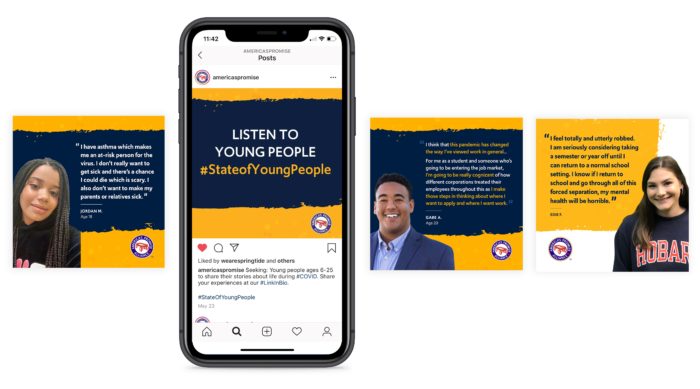
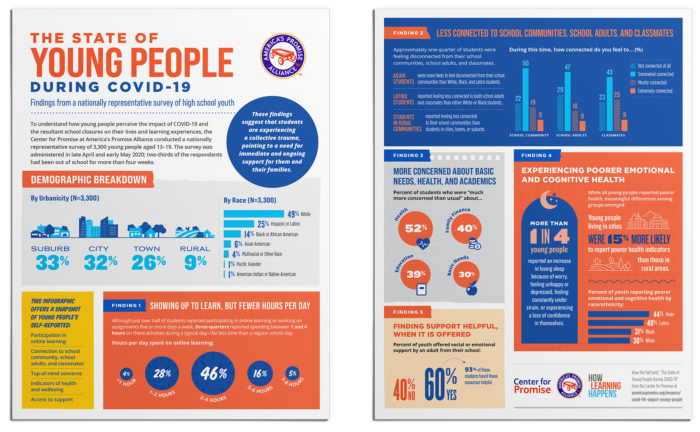
America’s Promise Alliance: COVID-19 Social Graphics
2. Establish and maintain your credibility.
When our airwaves and screens are overflowing with messages, the audience often wonders who and what to believe. Humans perceive well-crafted designs as easier to navigate and more credible because we all enjoy being around beautiful things, even if we don’t consciously understand what makes them appealing. Paying attention to production quality is also important.
Open Society Institute – Baltimore: Baltimore’s Vote by Mail Campaign
3. Set yourself apart in a crowded landscape.
Good design is critical to maintaining brand equity, which is the value your audience has placed on your organization, and it takes years to build because it relates to consistently delivering quality. This value is then communicated through the visuals associated with your product or service. The combination of the value you deliver, along with the use of strong visuals, will allow you to stand out in a crowd.
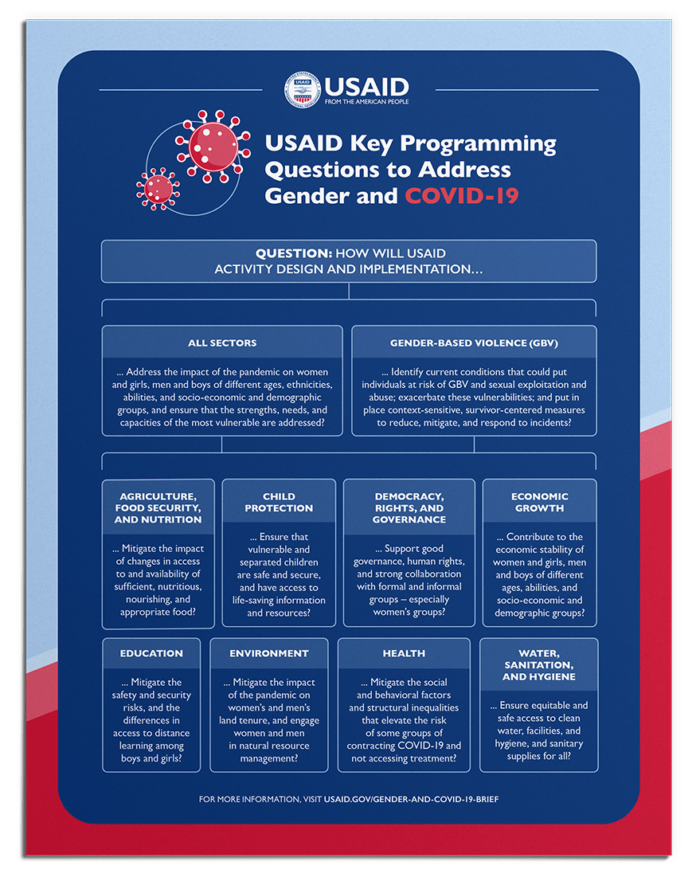
USAID: COVID-19 Infographic
4. Motivate people to action.
Graphic designers are visual storytellers. We distill complex ideas, raise awareness, and inform and engage audiences. We use a range of methods to direct viewers’ attention to calls-to-action and compel a response. These methods include hierarchy, which creates a clear path into the design; unity, which strengthens relationships in your design; and balance, which distributes the elements to create a stable design.
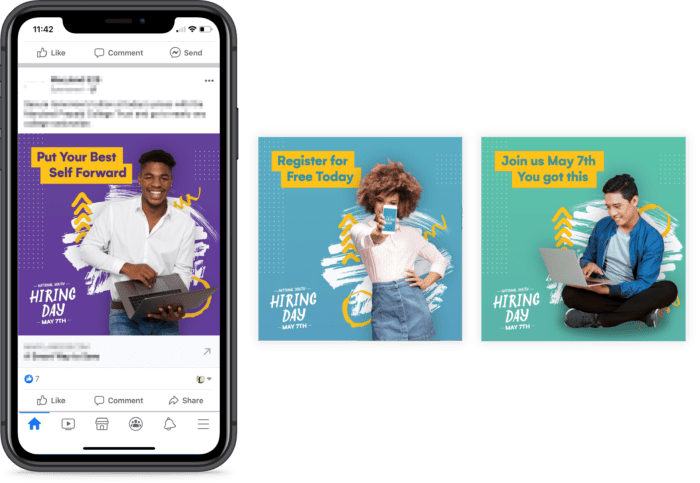
National Youth Hiring Day III /100K: Social Graphics
5. Bolster your communications, marketing, and social media arsenal.
Strong, creative, and well-produced graphics can be a differentiator for your organization. They strengthen your visual brand, drive results, and signify your commitment to your audiences and your organization. By creating a branded suite of materials across various media, you can achieve results by tailoring touchpoints – ways that your organization interacts and displays information – to specific audiences and aligning them with where they are in their journey.
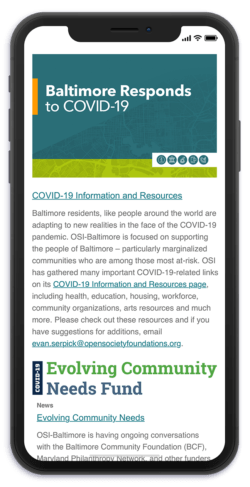
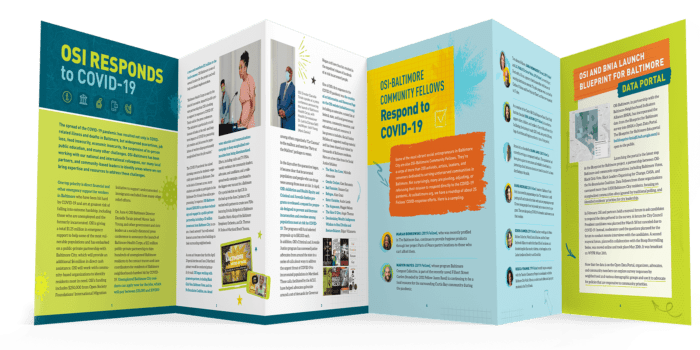
Open Society Institute – Baltimore: e-Newsletter and Webpage
As our team continues to deliver meaningful results for our clients during this worldwide crisis, we are reminded every day that compelling design does more than momentarily capture your audience’s attention. It encourages you to linger and better comprehend information, leading to higher retention and engagement. In 2020, especially, graphic designers must continue do what they do best – visually tell stories, showcase solutions, and inspire people to create real change.
By Reece Quiñones, Senior VP/Creative Director